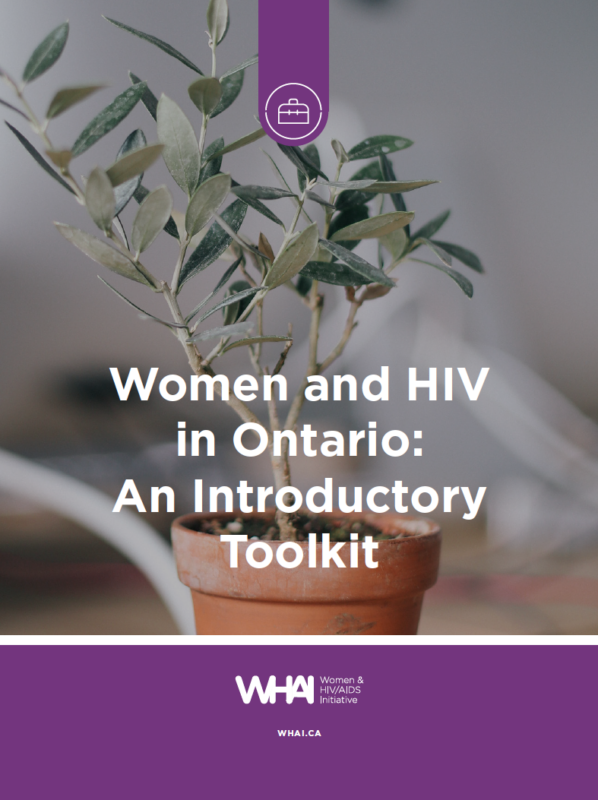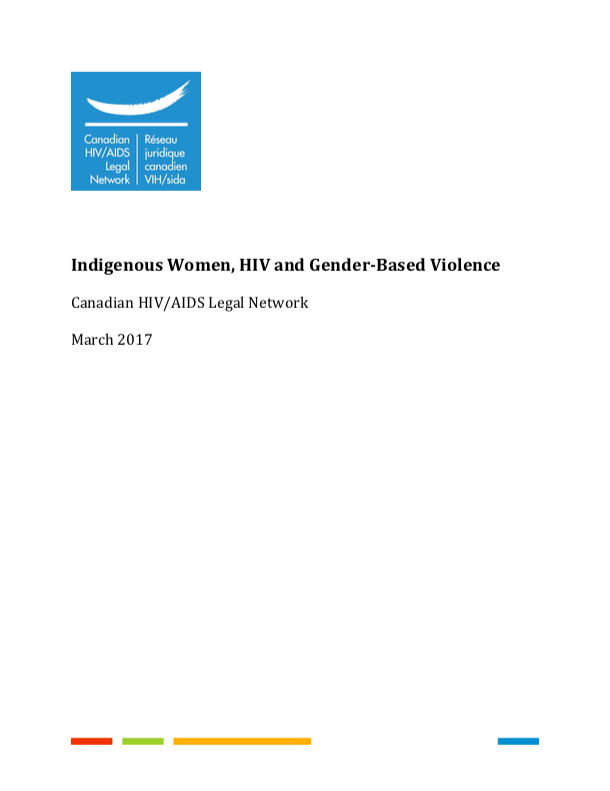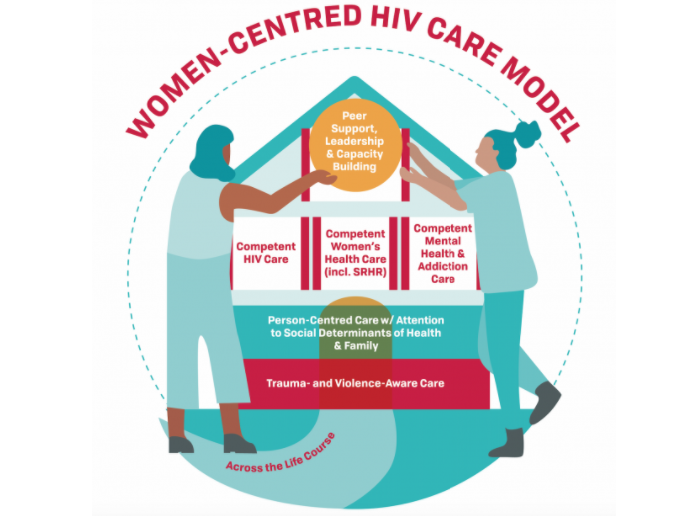What is HIV? The Basics
HIV, AIDS, Transmission, and Common Questions.
What is HIV?
HIV stands for Human Immunodeficiency Virus. 4,288 women are living with diagnosed HIV in Ontario.
Once HIV enters the body, it can begin to weaken the immune system; however, with advances in HIV treatment, people can live long and healthy lives with HIV. Without thoughtful HIV treatment, a person’s immune system can become weaker, and they can become sick from various infections, often referred to as “opportunistic infections.”
There is no known cure for HIV; however, with advances in science and thoughtful HIV care, HIV can be managed like any other chronic illness and most people with HIV stay healthy.
What is AIDS?
AIDS stands for Acquired Immunodeficiency Syndrome.
If HIV is not diagnosed and treated, the immune system generally becomes weaker over time. Eventually, a person with HIV can become sick with a life-threatening infection (known as an opportunistic infection), leading to an AIDS diagnosis. In other words, an AIDS diagnosis requires two things:
- The presence of HIV in the body
- An opportunistic infection
Common Questions About HIV
Community Voices
Our work is always informed by the lived experiences of women.


"Wellness requires connection to others, like really connecting with people and being part of a community."

“Healthcare should be designed based on women’s lived experiences. People should be listening to [women]. There isn’t enough of that.”

“Promote through people with lived experience - This is how it changed my perspective. Talking to women in community and hearing about their lives. Seeing healthy POZ women - I learned best from talking to POZ women.”
Featured Resources From WHAI

Women* & HIV in Ontario: An Introductory Toolkit

OHESI: HIV Diagnoses in Ontario – 2020

